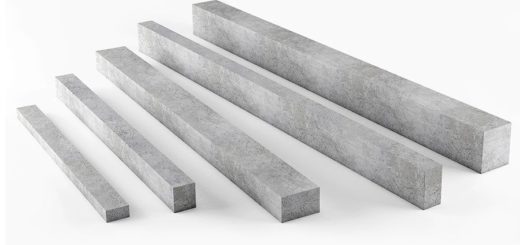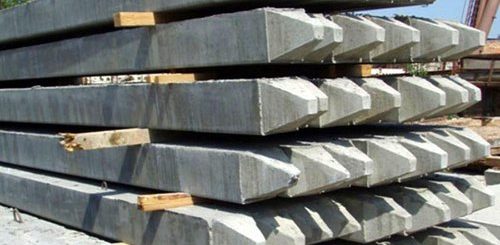Advantages and Disadvantages of Reinforced Concrete
This article discusses the Advantages and Disadvantages of Reinforced Concrete. Reinforced concrete is the combination of materials that are widely used in the world to build the structure.
Let’s discuss the advantages of the reinforced concrete firstly.
Advantages of Reinforced Concrete
- Not like other materials such as timber, steel, etc, reinforce concrete has higher strength. Comparatively, compressive strength is higher.
- Though the concrete does not have that much tensile strength when compared with other construction materials, the addition of the reinforcement enhances its tensile strength.
- Since the reinforced concrete is made of stone, sand, cement, water, reinforcement, etc. production of the reinforced concrete is not that difficult like other materials.
- If steel considered, its production is done in the factor and the available section has to be used for the construction. When concrete is used as construction material, the element can be customized as per the requirement of the client without much difficulty.
- The greets advantage of reinforced concrete is the bond between the elements. Not like other materials, reinforced concrete bond together without much difficulty.
- Reinforced concrete is more durable when compared with other materials such as steel.
- Reinforce concrete can be used for construction in any severe environment. However, there are many constraints when we used other materials like steel for construction. They dose not last long as they cannot serve in such severe conditions.
- Even less skilled labor can do the construction. However, the steel structure can not be constructed without very skilled trained labor.
- There is less maintenance in the reinforced concrete and such maintenance cost is very small.
- Design life is very high for reinforced concrete structures. This is one of the greatest advantages of reinforced concrete.
- Reinforced concrete has a very high abrasion resistance
- It can bear the impact loads
- Deflection of the element is comparatively lesser.
- Provides adequate warnings if designed correctly before collapsing.
Disadvantages of Reinforced Concrete
- One of the major disadvantages of reinforced concrete is the lack of tensile strength. Though the concrete is strong in compression, it is very weak in tension. Therefore, usually, except on special occasions, the contribution of the tensile strength of concrete is not considered in the design.
- The construction stage of the reinforcement of concrete elements is very vital. Production of the concrete, pouring, and curing till it gets harden are some of the key stages that a qualified person shall involve.
- Further, the lack of attention during construction could lead to durability issues. Attention shall be made to the factor affecting the durability of concrete in the construction stage.
- Reinforce concrete could require special attention when thick concrete is poured. The rise of the temperature of concrete due to the heat of hydration beyond a certain limit could lead to the formation of delayed ettringite. Therefore, it required to do the mockup test before starting the construction. This will be a cost to the project.
- Concrete is not an environmentally friendly material. It is not a gree material.
- Reinforced concrete does not gain strength once it poured. We have to wait till it gains strength. Usually, we consider the strength of the concrete is 28 days. Or if required early, we add additives and check the strength early.
There are more advantages and disadvantages of reinforced concrete that is not listed above. The key factors are discussed in this article.



